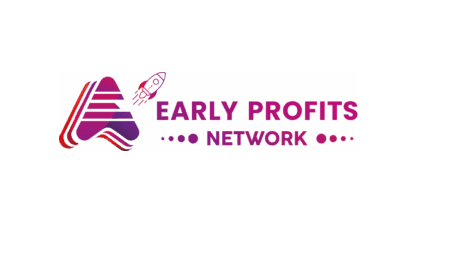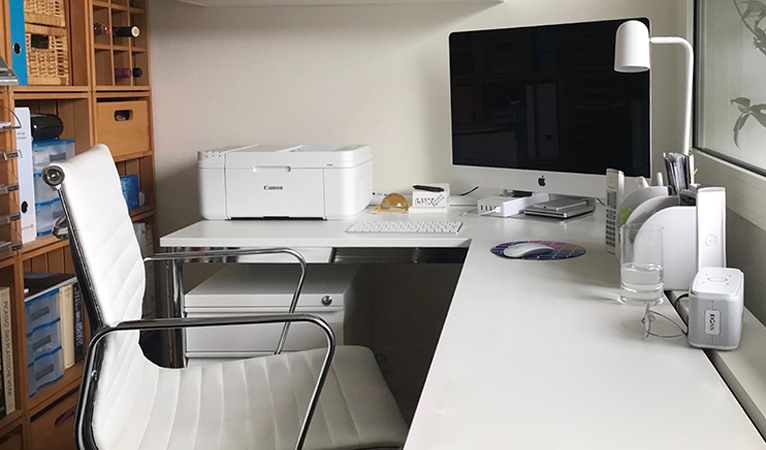Revolutionizing Retail Efficiency with Electronic Shelf Labeling

In the ever-evolving landscape of retail, businesses are constantly seeking innovative ways to enhance efficiency, streamline operations, and provide an exceptional shopping experience for their customers. One such innovation that has been making waves in the retail sector is Electronic Shelf Labeling (ESL) technology. ESL, often referred to as "Shelf Labels," is revolutionizing the way retailers manage and display product information and pricing. In this comprehensive article, we will delve into the world of ESL, exploring its numerous benefits, applications, and its pivotal role in transforming the retail industry.
Understanding Electronic Shelf Labeling (ESL)
Electronic Shelf Labeling (ESL) is a state-of-the-art technology designed to replace traditional paper shelf labels with digital, electronic displays. These digital labels are often small, energy-efficient devices that are attached to store shelves, providing real-time product information such as prices, product descriptions, and promotions. ESL systems are usually connected to a central control system, enabling retailers to update product information across their entire store network with the click of a button.
The ESL devices come in various forms, including e-ink displays and LCD screens. They are typically attached to store shelves or product displays, providing a seamless and modern appearance that enhances the overall shopping experience. ESL technology has gained significant popularity due to its numerous advantages, ranging from cost savings to improved customer engagement.
The Benefits of Electronic Shelf Labeling
- Enhanced Pricing Accuracy
One of the most significant advantages of ESL technology is the elimination of pricing errors. Traditional paper labels are susceptible to human error, leading to discrepancies between the shelf price and the point of sale. ESL systems ensure that the price displayed on the digital label is always up-to-date and consistent with the pricing in the point-of-sale system. This, in turn, improves pricing accuracy and enhances the customer's trust in the store.
- Dynamic Pricing and Promotions
ESL systems empower retailers to implement dynamic pricing and promotions easily. Retailers can change prices in real-time, enabling them to respond quickly to market fluctuations, competitors' pricing strategies, or specific sales events. This flexibility allows retailers to optimize their pricing strategy to maximize profit margins and remain competitive.
- Time and Cost Savings
The implementation of ESL technology significantly reduces the time and cost associated with traditional price label updates. Updating paper labels can be a labor-intensive and time-consuming process. With ESL, retailers can make price changes remotely, instantly, and simultaneously across all their stores. This efficiency not only reduces labor costs but also frees up employees to focus on more value-added tasks.
- Improved Customer Experience
Customers appreciate a seamless and informative shopping experience. ESL technology enables retailers to provide customers with accurate and up-to-date product information. Shoppers can easily access pricing, product descriptions, nutritional information, and even customer reviews, all at a glance. This transparency enhances the overall shopping experience and fosters customer loyalty.
- Inventory Management
ESL systems provide retailers with real-time inventory data, helping them keep track of stock levels and reduce overstock or out-of-stock situations. This leads to better inventory management, lower holding costs, and increased sales due to product availability.
Applications of Electronic Shelf Labeling
Electronic Shelf Labeling has a wide range of applications in various retail settings. Here are some of the most common uses of ESL technology:
- Grocery Stores
Grocery stores benefit greatly from ESL technology, as it allows them to display constantly changing prices and promotions for their vast product range. ESL systems help ensure price accuracy and reduce checkout disputes, leading to a smoother shopping experience.
- Electronics Retailers
Electronic stores use ESL technology to display product specifications, pricing, and customer reviews for various gadgets and appliances. ESL labels can be easily updated with the latest product information, making it easier for customers to make informed purchasing decisions.
- Fashion Retail
In the fast-paced fashion industry, ESL technology helps retailers manage frequent price changes and seasonal promotions. Additionally, ESL labels can display size availability, helping customers find their preferred sizes quickly.
- Pharmacies
Pharmacies use ESL technology to display essential information such as medication prices, dosage instructions, and health-related content. This ensures that customers have access to accurate and up-to-date information when making important health-related decisions.
- Convenience Stores
Convenience stores often rely on dynamic pricing strategies and promotions to attract customers. ESL technology enables them to adjust prices and promote products quickly, creating a dynamic shopping experience for their clientele.
Challenges and Considerations
While Electronic Shelf Labeling offers a plethora of advantages, there are some challenges and considerations that retailers need to address:
- Initial Investment
The implementation of ESL technology requires an initial investment in hardware and software. However, the long-term cost savings and improved operational efficiency often outweigh the upfront costs.
- Training
Retail employees may need training to become proficient in using ESL systems. This includes updating prices, troubleshooting technical issues, and ensuring the system operates smoothly.
- Maintenance
Like any technology, ESL systems require ongoing maintenance to ensure they function correctly. Retailers should establish maintenance protocols and work with reliable vendors to address technical issues promptly.
- Security
The data transmitted and stored within ESL systems need to be protected to prevent potential security breaches. Retailers should implement robust security measures to safeguard sensitive information.
Conclusion
Electronic Shelf Labeling (ESL) technology, commonly known as "Shelf Labels," is a game-changer for the retail industry. With its ability to improve pricing accuracy, enable dynamic pricing and promotions, save time and costs, enhance the customer experience, and streamline inventory management, ESL systems have become an indispensable tool for modern retailers. The applications of ESL technology span various retail sectors, providing real-time product information and pricing data to both customers and employees.
As the retail industry continues to evolve, embracing innovative technologies like ESL is essential for staying competitive and meeting customer expectations. While ESL technology comes with initial investments and operational challenges, its long-term benefits far outweigh these concerns. Retailers who adopt ESL systems are better equipped to respond to market dynamics, deliver exceptional customer experiences, and drive operational efficiency. In a world where information and efficiency are paramount, Electronic Shelf Labeling stands as a beacon of progress in the retail landscape.
RECOMMENDED FOR YOU
Best Presale Crypto Launchpad Pays Your Travels
June 18, 2025
Top Signs of a Trustworthy Vehicle Shipping Company
June 17, 2025














